Blue cory - Corydoras nattereri
Scientific name: Corydoras nattereri
Common name: Blue cory
Family: Callichthyidae
Usual size in fish tanks: 5 - 7 cm (1.97 - 2.76 inch)
014
Recommended pH range: 6.5 - 7.8
Recommended water hardness: 4 - 15°N (71.43 - 267.86ppm)
0°C 32°F30°C 86°F
Recommended temperature range: 20 - 24 °C (68 - 75.2°F)
The way how these fish reproduce: Spawning
Where the species comes from: South America
Temperament to its own species: peaceful
Temperament toward other fish species: peaceful
Usual place in the tank: Bottom levels
Origin
Corydoras nattereri, commonly known as the Blue Cory, originates from the rivers and freshwater waterways of South America, specifically in Brazil. In their natural habitat, these fish are often found in slow-moving waters with sandy or fine gravel substrates. These environments are typically shaded by dense vegetation, offering plenty of hiding spots and a rich variety of organic matter. Understanding their natural habitat can help aquarists recreate similar conditions in the home aquarium, ensuring the Blue Corys thrive.
Appearance
The Blue Cory has a distinctive metallic blue sheen that covers most of its body, giving it an attractive and vibrant appearance. They have a white underbelly and sport the typical elongated body shape characteristic of Corydoras species. Blue Corys have a pair of barbels around their mouths, which they use to search for food along the substrate. They usually reach an adult size of about 5-6 cm (2-2.4 inches) in length, making them suitable for medium-sized community tanks.
Feeding and Diet
Blue Corys are not picky eaters and will readily accept a variety of foods, making them easy to feed in a community aquarium. For their staple diet, offer high-quality sinking pellets or flakes that are suitable for bottom feeders. These can be supplemented with occasional treats such as bloodworms, brine shrimp, and daphnia, which can be provided either live or frozen. These protein-rich foods not only support their growth but also enhance their vibrant coloration.
Since Blue Corys are bottom dwellers, it's essential to ensure that the food reaches the substrate. You can feed them in the evening or when the aquarium lights are dimmed, as this encourages their natural foraging behavior. Overfeeding should be avoided to prevent water quality issues, so offer small portions and remove any uneaten food after feeding.
Tank Setup and Environment
To create an ideal environment for Blue Corys, set up a well-planted aquarium with plenty of hiding spots. A tank of at least 60 liters (15 gallons) is recommended for a small group. Blue Corys prefer cooler water temperatures, around 22°C (72°F), making them an excellent choice for cooler community tanks. Use a soft substrate like sand or fine gravel to allow them to dig and forage without damaging their delicate barbels. Incorporating driftwood, rocks, and aquatic plants such as Java Fern, Anubias, and Amazon Swords can provide shelter and help maintain water quality.
Blue Corys thrive in well-oxygenated water with a moderate flow, so an efficient filtration system is necessary. They prefer slightly acidic to neutral water, with a pH range of 6.5 to 7. Regular water changes and proper maintenance are crucial for keeping the tank clean and the water parameters stable. Avoid keeping them with aggressive or larger fish that may outcompete them for food or stress them out.
Behavior and Compatibility
Blue Corys are peaceful and social fish that do best in small groups of at least 5-6 individuals. When kept alone, they can become shy and may hide more often. In a group, they exhibit interesting social behaviors, often swimming together and foraging along the substrate as a team. They are ideal for community tanks and can coexist peacefully with other non-aggressive species such as small tetras, rasboras, and dwarf cichlids.
Due to their peaceful nature, it's best to avoid housing them with aggressive or highly territorial species that might bully them or disturb their natural behavior. Tank mates that occupy different levels of the aquarium, like small schooling fish and invertebrates, are perfect companions for Blue Corys.
Sexing
Sexing Blue Corys can be challenging, but there are some subtle differences between males and females. Adult females are generally larger and have a rounder, stockier body shape, especially when viewed from above. Males tend to be slimmer and may have slightly more intense coloration. These differences are more noticeable during the breeding season when females are carrying eggs.
Breeding
Breeding Blue Corys can be a rewarding experience for aquarists. To encourage spawning, condition a group of adults with a varied diet rich in live or frozen foods, such as bloodworms and brine shrimp, for about a week. Performing cooler water changes can help trigger spawning behavior. During breeding, the female will carry the eggs in her pelvic fins to a chosen spawning site, usually on the glass, plants, or other flat surfaces. This process will be repeated until around 100 eggs are deposited.
The eggs typically hatch in 3-4 days, and the fry become free-swimming shortly afterward. At this stage, they can be fed newly hatched brine shrimp or specialized fry foods. Maintain high water quality and gentle water flow in the breeding tank to ensure the fry develop healthily. Providing plenty of hiding spots and using a sponge filter can help protect the delicate fry from being sucked into the filtration system.
Lifespan
The expected lifespan for Corydoras nattereri is 3-5 years, though they can live longer with optimal care. Providing a clean environment, a balanced diet, and stable water conditions are key factors in ensuring they reach their full lifespan. Regular tank maintenance, including water changes and monitoring water parameters, will contribute to their overall health and longevity.
Short Description
The Blue Cory (Corydoras nattereri) is a hardy and adaptable species that adds activity and charm to a community aquarium. Preferring cooler water temperatures, they thrive in well-planted tanks with plenty of hiding spots. As bottom dwellers, they help keep the substrate clean by scavenging for leftover food. Blue Corys are best kept in small groups, where they display their natural social behaviors and enhance the dynamic of a peaceful community tank.
Pictures
Bought by aqua-fish.net from jjphoto.dk.
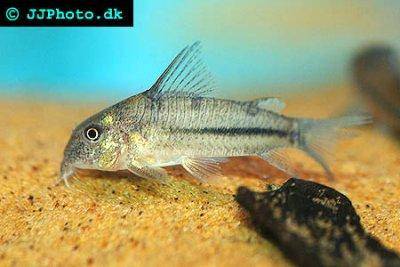


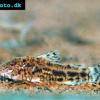 Aspidoras
Aspidoras 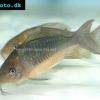 Giant
Giant 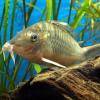 Hognosed
Hognosed 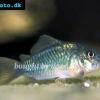 Emerald
Emerald 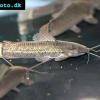 Cascarudo
Cascarudo 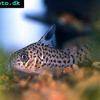 Acre
Acre 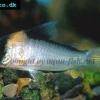 Adolfo’s
Adolfo’s 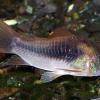 Bronze
Bronze  Agassizii’s
Agassizii’s 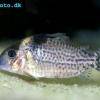 Spotted
Spotted 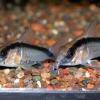 Skunk
Skunk 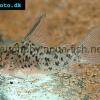 Corydoras
Corydoras 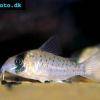 Fairy
Fairy 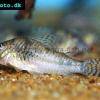 Corydoras
Corydoras 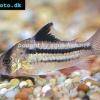 Pink
Pink 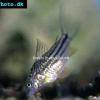 San
San 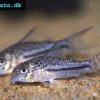 Bond’s
Bond’s 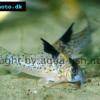 Spotted
Spotted 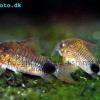 Tailspot
Tailspot 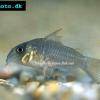 Concolor
Concolor  Cope’s
Cope’s  Sand’s
Sand’s 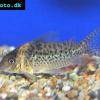 False
False 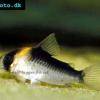 False
False 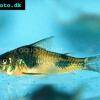 Ehrhardt’s
Ehrhardt’s 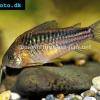 Elegant
Elegant 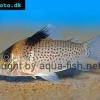 Saddle
Saddle 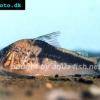 Fowler’s
Fowler’s 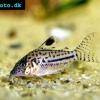 Gomezi
Gomezi 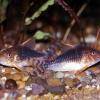 Palespotted
Palespotted 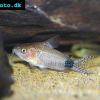 Guapore
Guapore 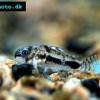 Dainty
Dainty 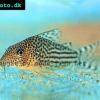 Mosaic
Mosaic 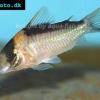 Imitator
Imitator 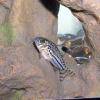 Julii
Julii 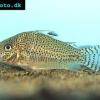 Leopard
Leopard 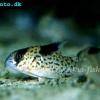 Black
Black 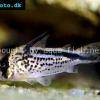 Slant-bar
Slant-bar 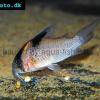 Bluespotted
Bluespotted  False
False 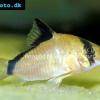 Bandit
Bandit 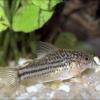 Mini
Mini 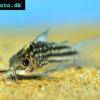 Napo
Napo 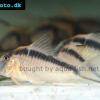 Corydoras
Corydoras 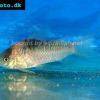 Nijssen’s
Nijssen’s 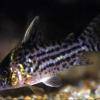 Ornate
Ornate 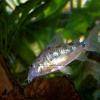 Peppered
Peppered 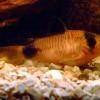 Panda
Panda 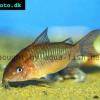 Albertini
Albertini 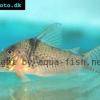 Pastaza
Pastaza 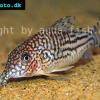 Corydoras
Corydoras 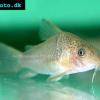 Many-spotted
Many-spotted 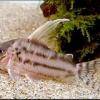 Pretty
Pretty 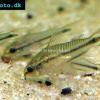 Dwarf
Dwarf  Iridescent
Iridescent 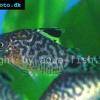 Reticulated
Reticulated 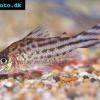 Bannertail
Bannertail 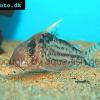 Robust
Robust 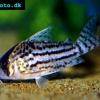 Schwartz’s
Schwartz’s 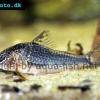 Black
Black 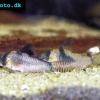 Longnosed
Longnosed 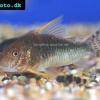 Seuss’
Seuss’ 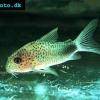 Smudge
Smudge 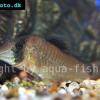 Masquerade
Masquerade 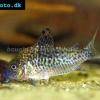 False
False 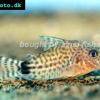 Millenium
Millenium 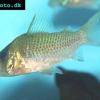 Pinkthroat
Pinkthroat 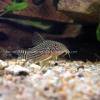 Sterba’s
Sterba’s 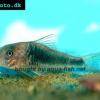 Longsnout
Longsnout 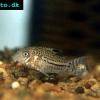 False
False 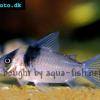 Miguelito
Miguelito 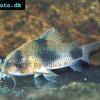 Twosaddle
Twosaddle 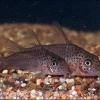 Xingu
Xingu 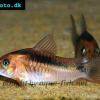 Black
Black 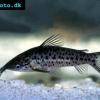 Porthole
Porthole 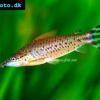 Flagtail
Flagtail 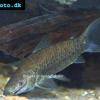 Brown
Brown 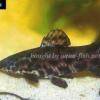 Spotted
Spotted